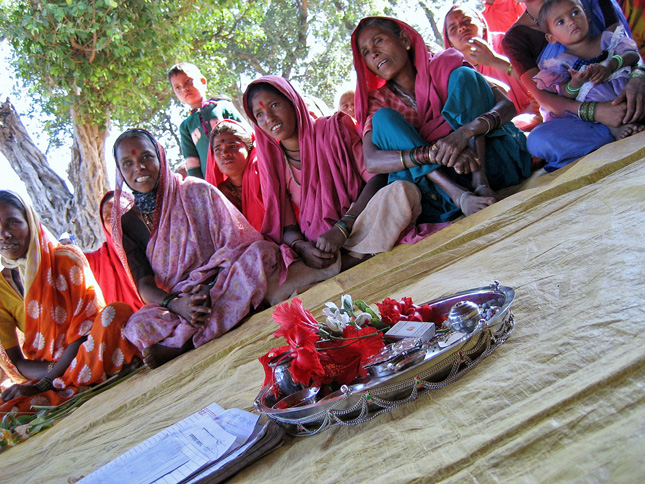-
In India, Lower Castes and Tribals Being Left Behind in Maternal Health
October 22, 2015 By Sandeep Bathala
Maternal mortality causes 56,000 deaths every year in India, accounting for 20 percent of maternal deaths around the world. Women who are born into the lower castes or are tribals – India’s indigenous groups – are especially likely to lack access to quality health care. Over 40 percent of these women also belong to the lowest wealth quintile.
On the last day of the Global Maternal Newborn Health Conference here in Mexico City, Abhishek Kumar of the India Health Action Trust and International Institute for Population Sciences said that scheduled tribes and castes make up 25 percent of India’s population and disparities within such a large social group should be expected.
However, progress on improving antenatal care and medical assistance at delivery has been slowest for lower caste and tribal women, especially those living in the northern, central, and eastern regions of the country.
An investigation of 29 birth-related deaths in one hospital in the Barwani district of Madhya Pradesh revealed that 26 of the women were tribals, explained Poonam Muttreja, executive director of the Population Foundation of India, at the Wilson Center in 2013.
Effective approaches to improve equitable care must continue to be given priorityOnly the richest of the scheduled castes/tribals are benefitting from caste-based government programs, economic development, and expanding maternal and reproductive health care services, said Kumar. He suggested further investigation is needed into individual factors such as economic and educational status to determine why the most egregious disparities continue.
More research is needed to understand factors associated with the lack of access to health services between and among social groups in what will soon be the world’s most populous country. And this is true in many places.
I have heard sucessful stories of scaling up quality and equitable maternal and newborn health programs across the world over the past few days. 1,000 of us from more than 75 countries are poised to apply the lessons learned to accelerate maternal and newborn health within the post-2015 development framework.
Effective approaches to improve equitable care must continue to be given priority, and I hope to learn more about how to reach the most vulnerable before the next Global Maternal Newborn Health Conference.
This week has been so enlightening. To read more about programs described at the conference, including those that target adolescents, address supply side issues, provide better incentives for providers and users, and work with the private sector, check out the Crowd 360 digital hub.
Sandeep Bathala is reporting from 2015 Global Maternal and Newborn Health Conference in Mexico City for the Wilson Center, Maternal Health Task Force, and UN Population Fund.
Photo Credit: A tribal village in India, courtesy of flickr user Erin Collins.
Topics: development, Dot-Mom, featured, From Mexico City, global health, India, maternal health, poverty, SDGs, South Asia, youth
 A Publication of the Stimson Center.
A Publication of the Stimson Center.



